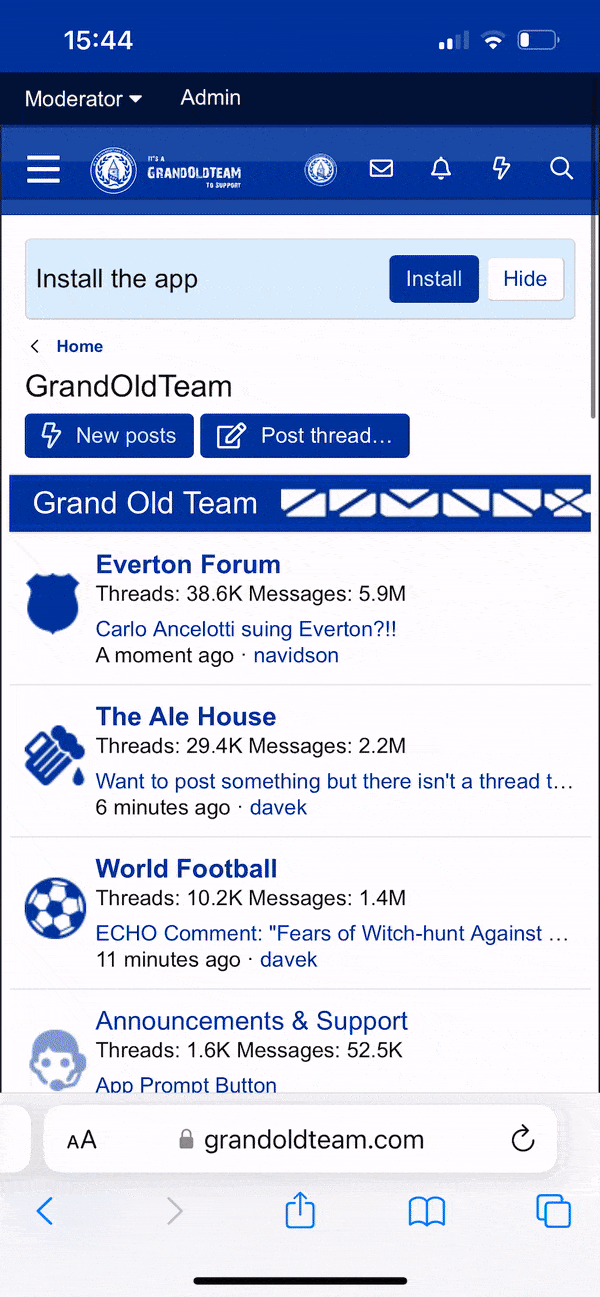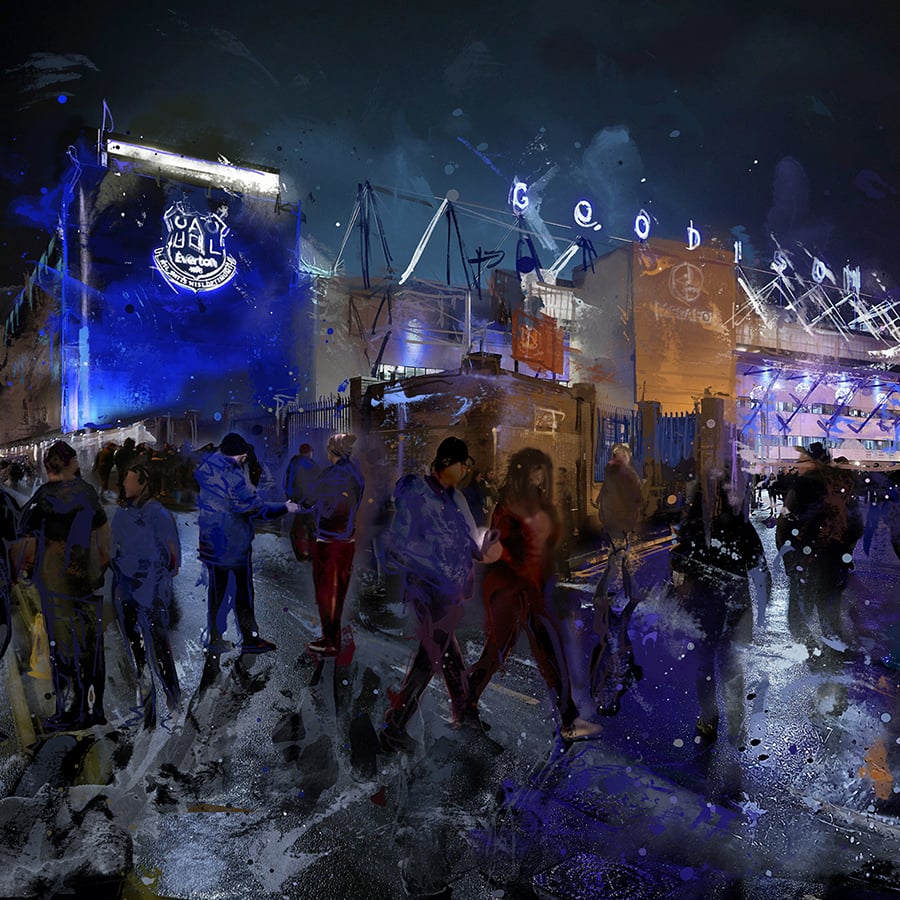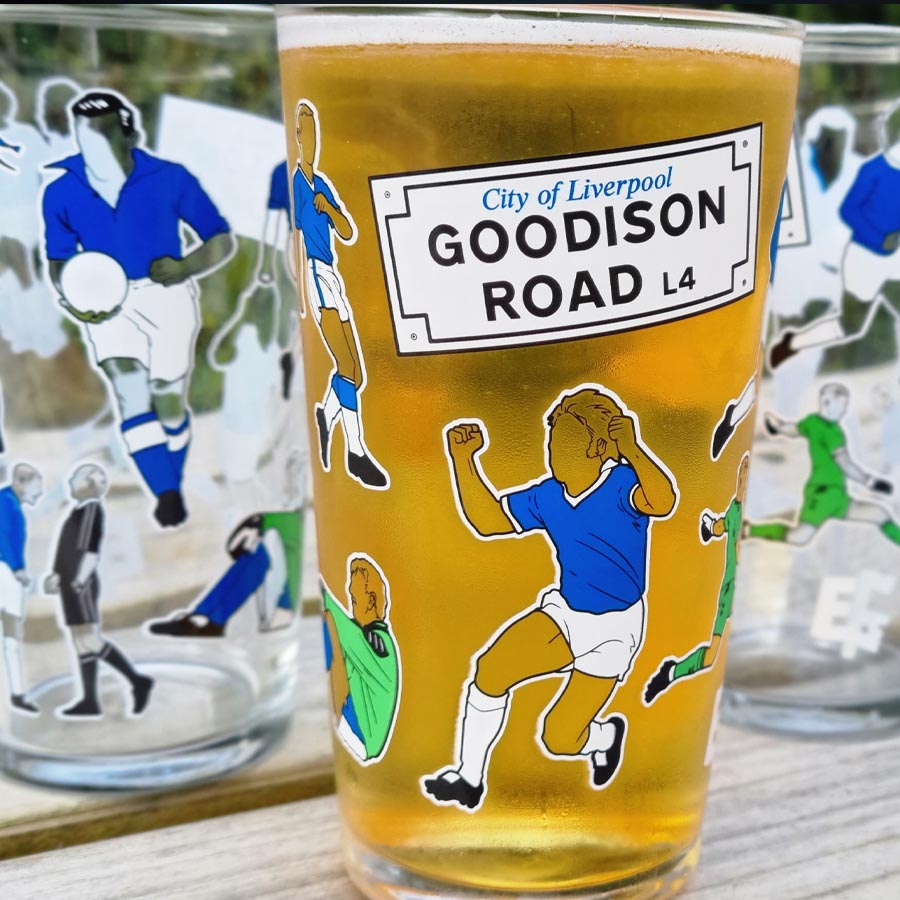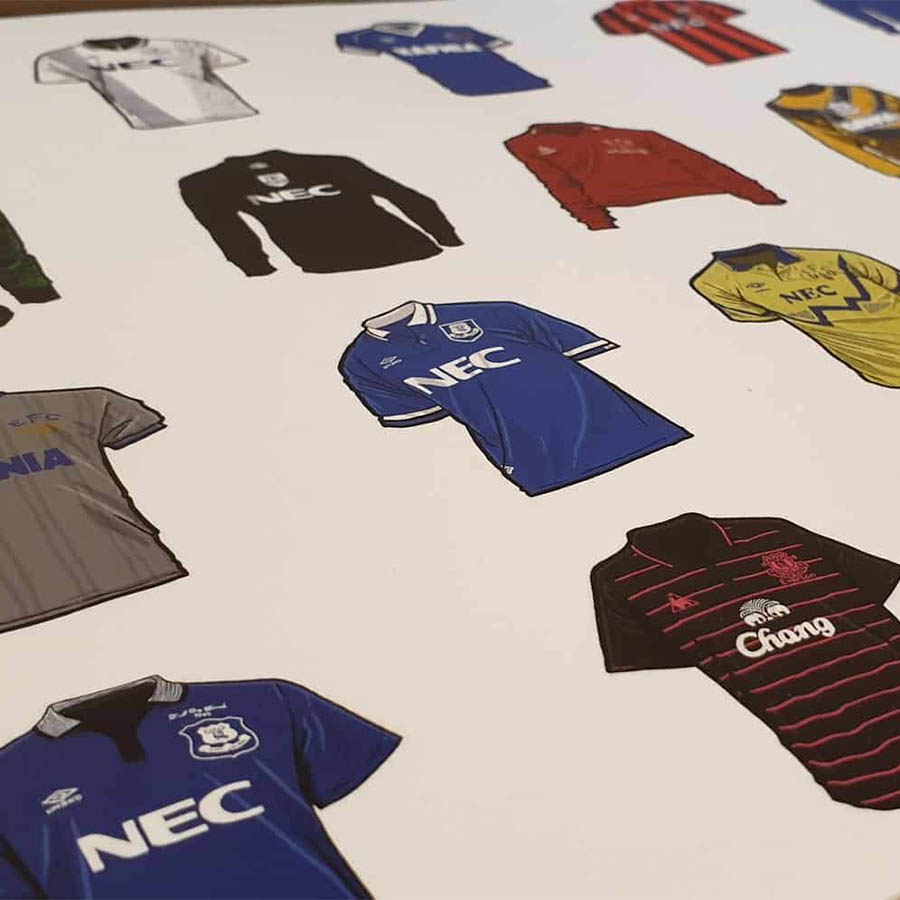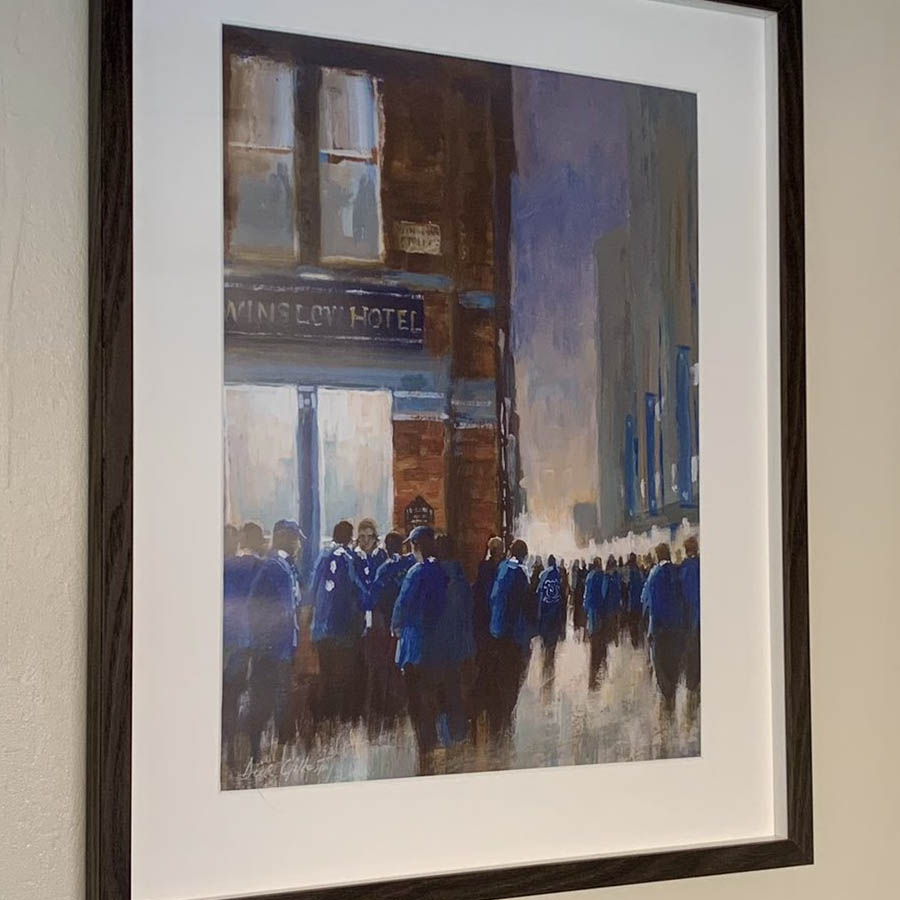Voodoo Billy
Player Valuation: £2.5m
I think that one of the things with sporting events is that people will often already have a ticket and particularly with football fans there's a tendency to go to support your team even if you're not in the mood or don't feel 100%, though this is miles beyond that. On the cost side the price of a ticket is quickly getting comparable to the price of a bottle of handwash so it's neither here nor there really is it. Just because the government doesn't cancel such events doesn't mean anyone has to go.

